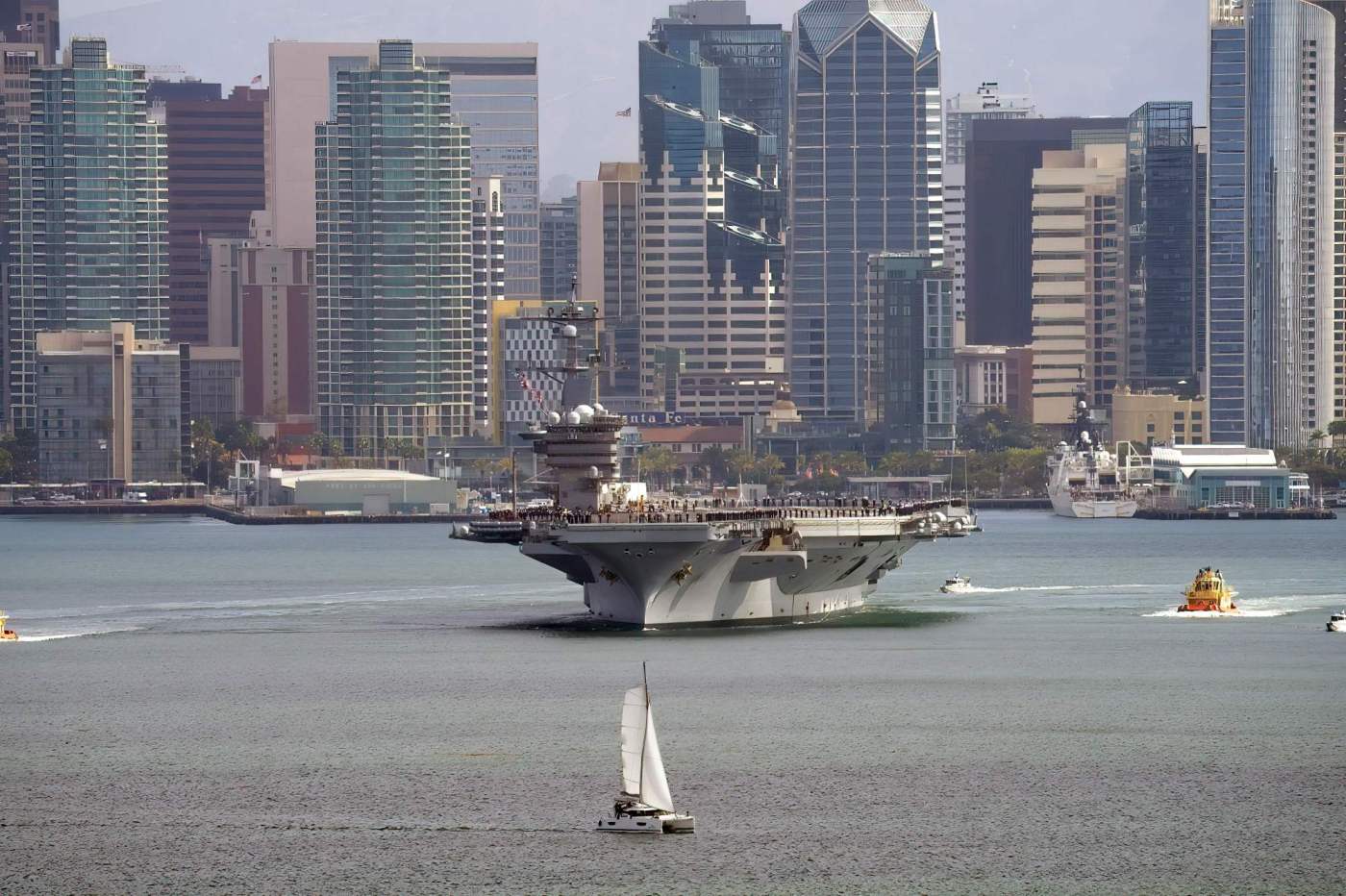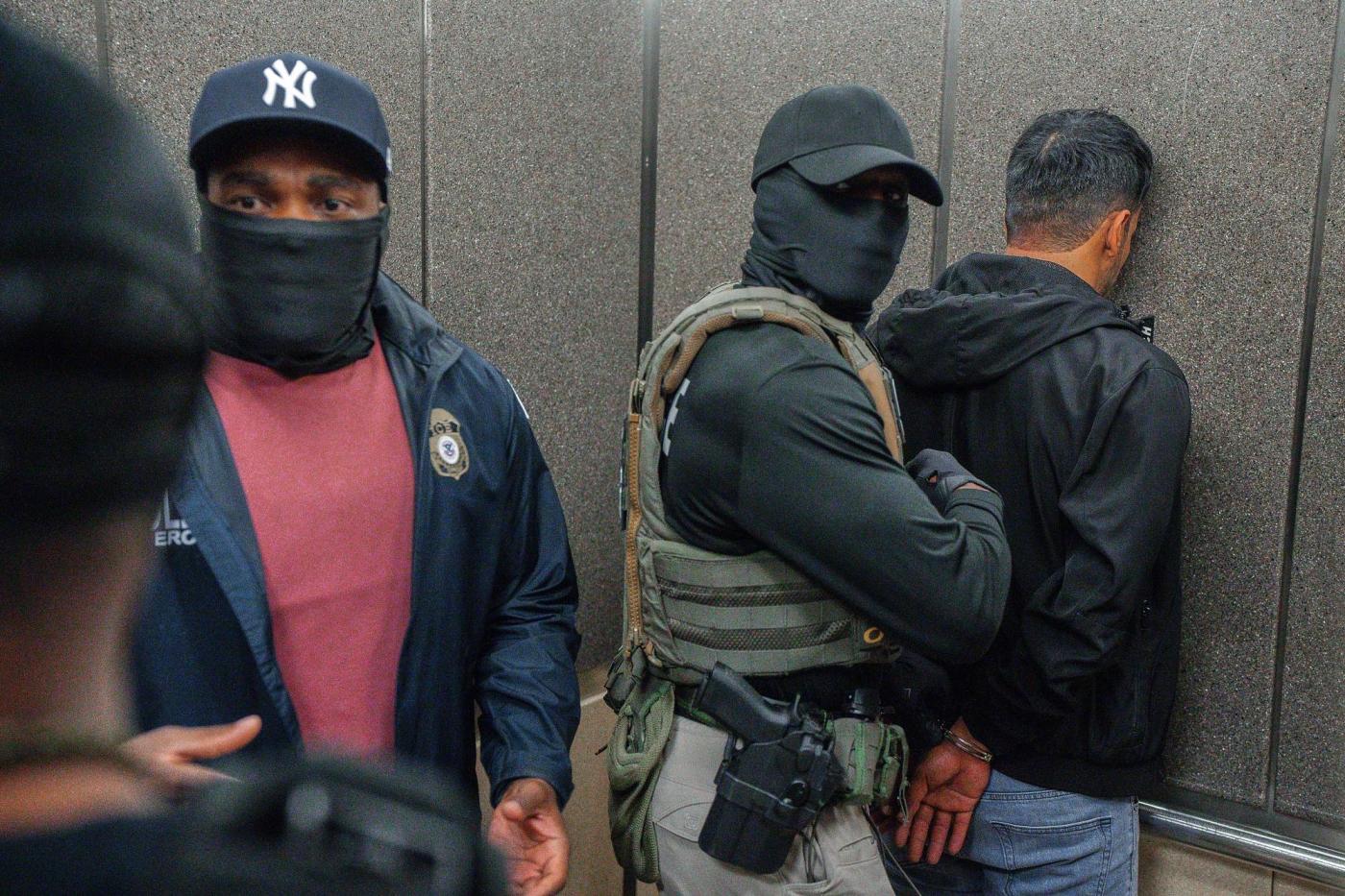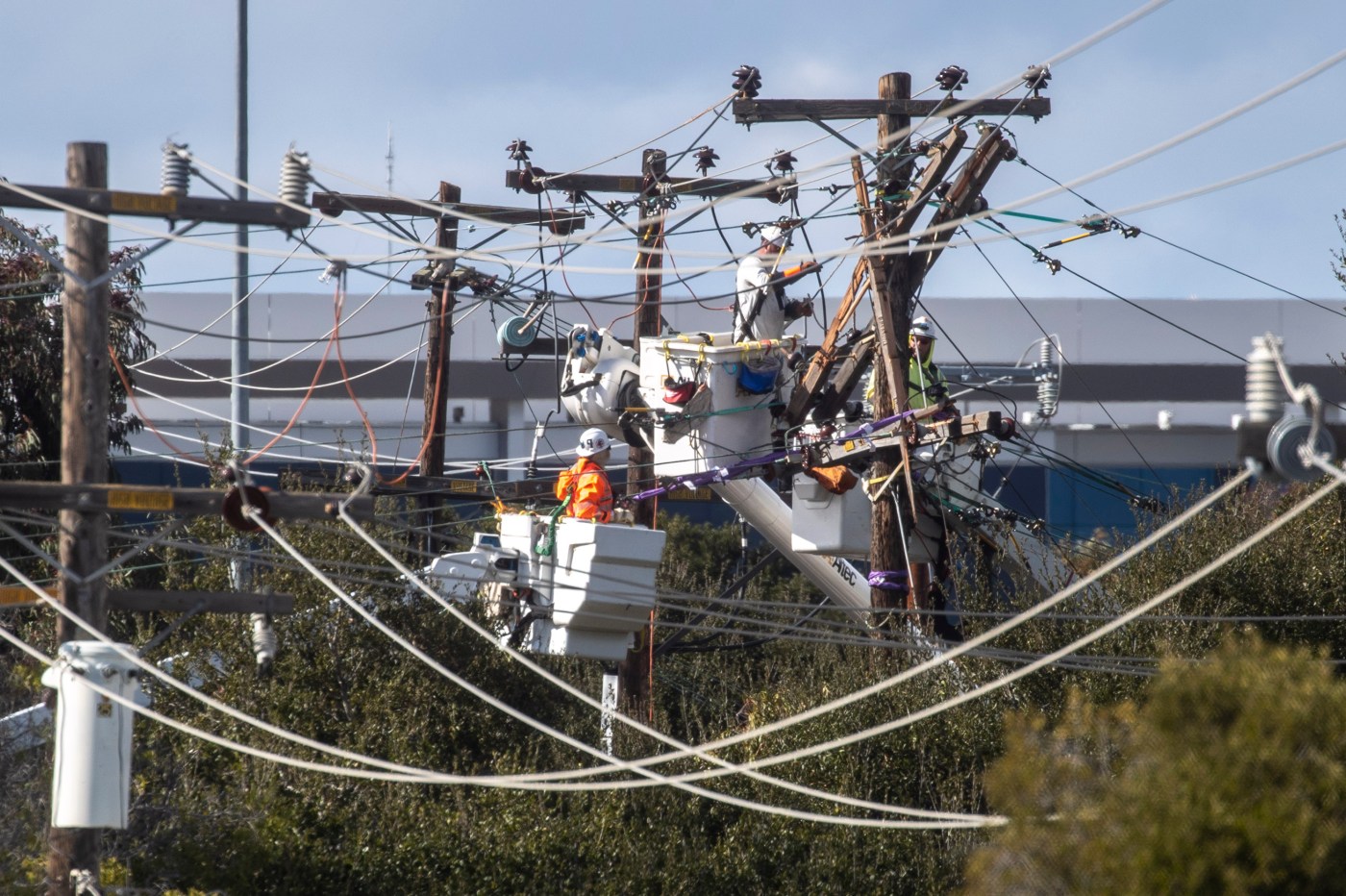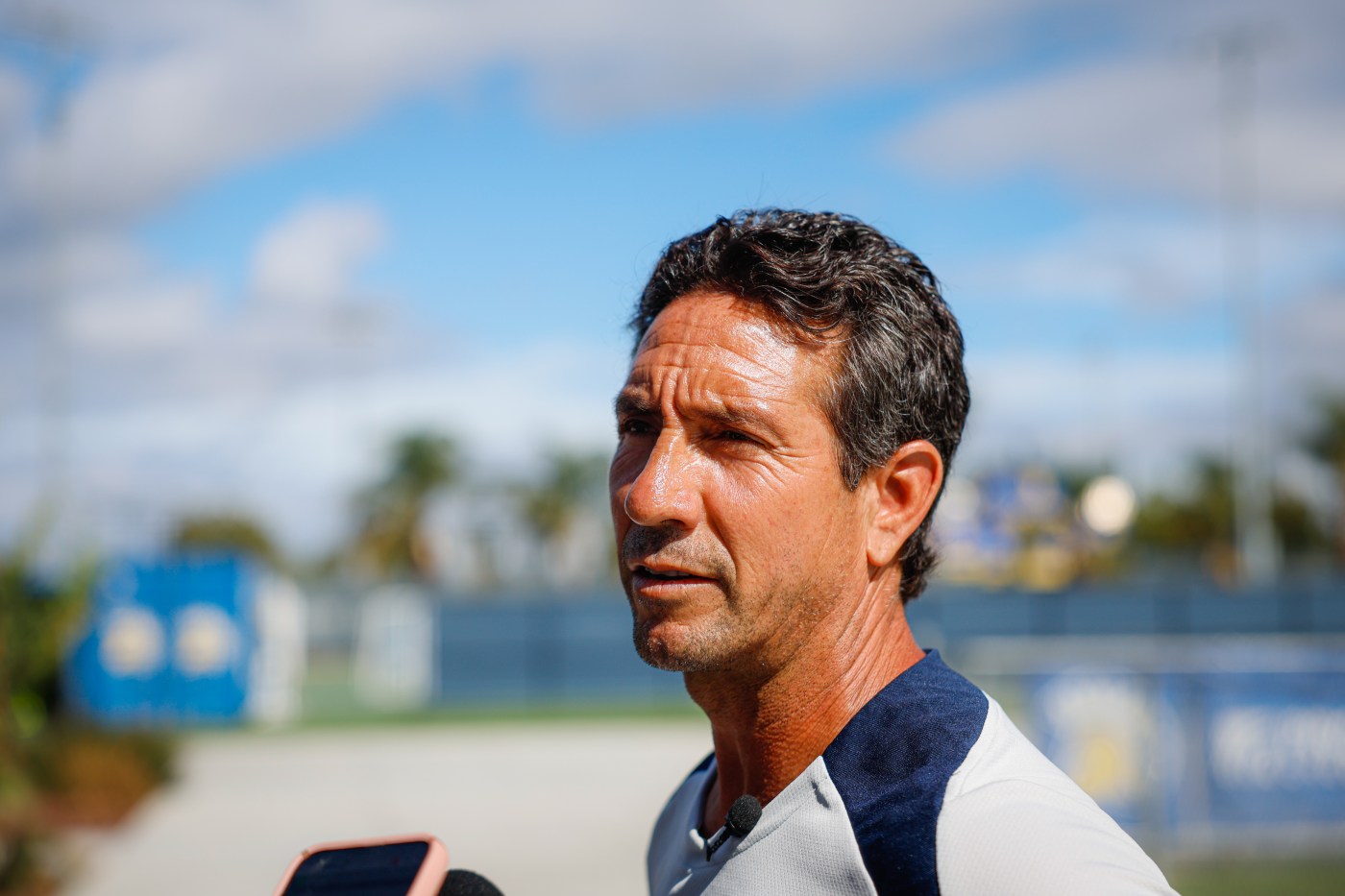The Pentagon has ordered the San Diego-based aircraft carrier USS Carl Vinson to leave the Indo-Pacific for the Middle East to help a second carrier suppress the missile and drone attacks that Yemen-based Houthis have been launching against commercial shipping, according to The Associated Press and the U.S. Naval Institute.
Related Articles
The Pentagon’s DEI purge: Officials describe a scramble to remove and then restore online content
3 people killed in Russian attacks on Ukraine’s Zaporizhzhia despite truce talks
Israel fires on Lebanon after rocket attack in the heaviest exchange since the truce with Hezbollah
Pentagon restores histories of Navajo Code Talkers, other Native veterans after public outcry
Federal judge blocks Trump administration from banning transgender people from military service
The Vinson and its escort ships will patrol the same region with the Nimitz class aircraft carrier USS Harry S. Truman, which is operating in the Red Sea. The Truman’s deployment has been extended by three months so the U.S. can have two carriers in the region at once.
This is the second time in about six months that two carrier strike groups have been ordered to work together in the same region, for the same purpose. The San Diego-based carriers USS Abraham Lincoln and USS Theodore Roosevelt filled that role last fall.
The Carl Vinson strike group left San Diego on deployment Nov. 18. In recent days, the carrier has been conducting joint exercises in the Indo-Pacific with warships from Japan and Korea, according to the Navy.
Typically, carrier deployments last six to seven months. But it’s not uncommon for strike groups to stay at sea much longer.
Another San Diego-based warship, the destroyer USS Spruance, also is on the move. On Saturday, the Trump administration sent the ship to sea to help with its efforts to more tightly control the United States’ southern border.





